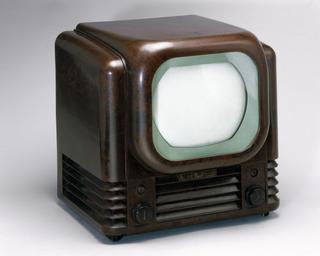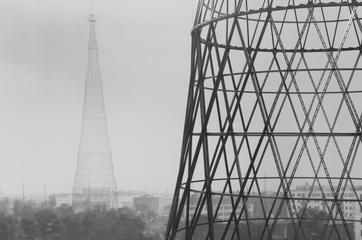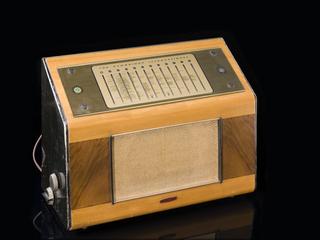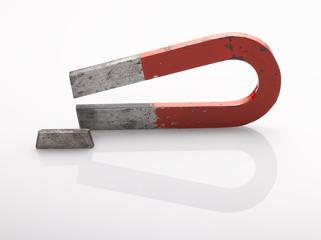
Gecophone Crystal Detector Radio Set No. 1, 1923
- Made:
- 1923 in United Kingdom



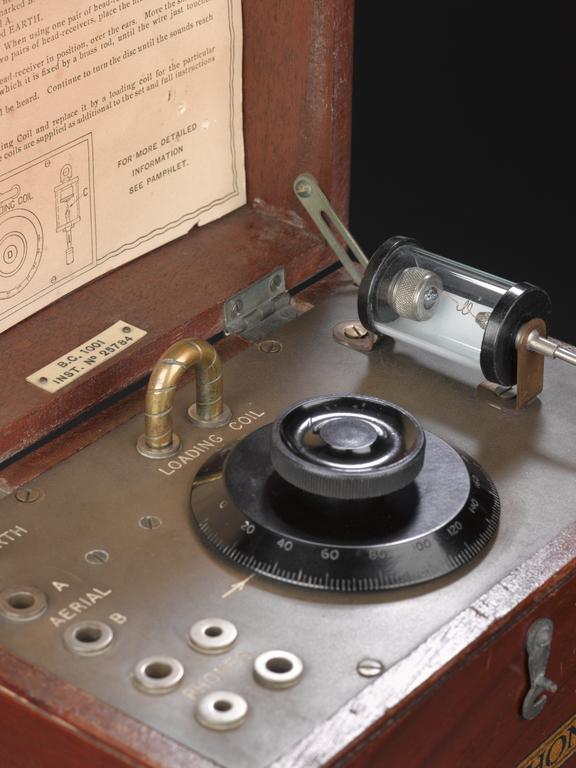


Gecophone crystal detector radio set no. 1, complete with instruction handbook, made by the General Electric Company Limited, British, 1923. Polished mahogany case with a lift up lid and ebonite control panel with a tuning knob and a lever to adjust the detector. The Gecophone Crystal Set No 1 is a simple variometer turned crystal receiver and has connection points for the aerial, earth and headphones.
Gecophone crystal detector radio set no. 1 was an early crystal broadcast radio receiver made by the General Electric Company Limited (UK) and first introduced in 1923. It bears the 'Type Approved by Postmaster General' BBC (British Broadcasting Company) stamp which dates it to between November 1922 when the BBC first began broadcasting and September 1924 when a different form of BBC stamp was used. The set would have cost £5 10s in 1923, of which 7s 6d (6.8%) was a royalty paid to the BBC. Having no valves in the circuit gave a considerable price advantage.
Crystal set radios employed a mineral crystal in delicate contact with a tiny coil of wire known as a 'cat-whisker' to detect broadcast signals. The cat-whisker had to be placed by the user in exactly the right position in contact with a fragment of crystalline galena. Not needing batteries, crystal sets used the power in the radio waves themselves to generate sound through the headphones. When connected up to an aerial wire - about 100ft. being the recommended length - and a 20ft. long earth wire, the set was capable of receiving signals up to 30 miles from a BBC transmitter.
Details
- Category:
- Radio Communication
- Object Number:
- 1972-70
- Materials:
- ebonite, mahogany (wood) and metal (unknown)
- Measurements:
-
overall: 200 mm x 190 mm x 190 mm, 1.452kg
- type:
- radio receiver
- credit:
- Donated by J. E. Bird

